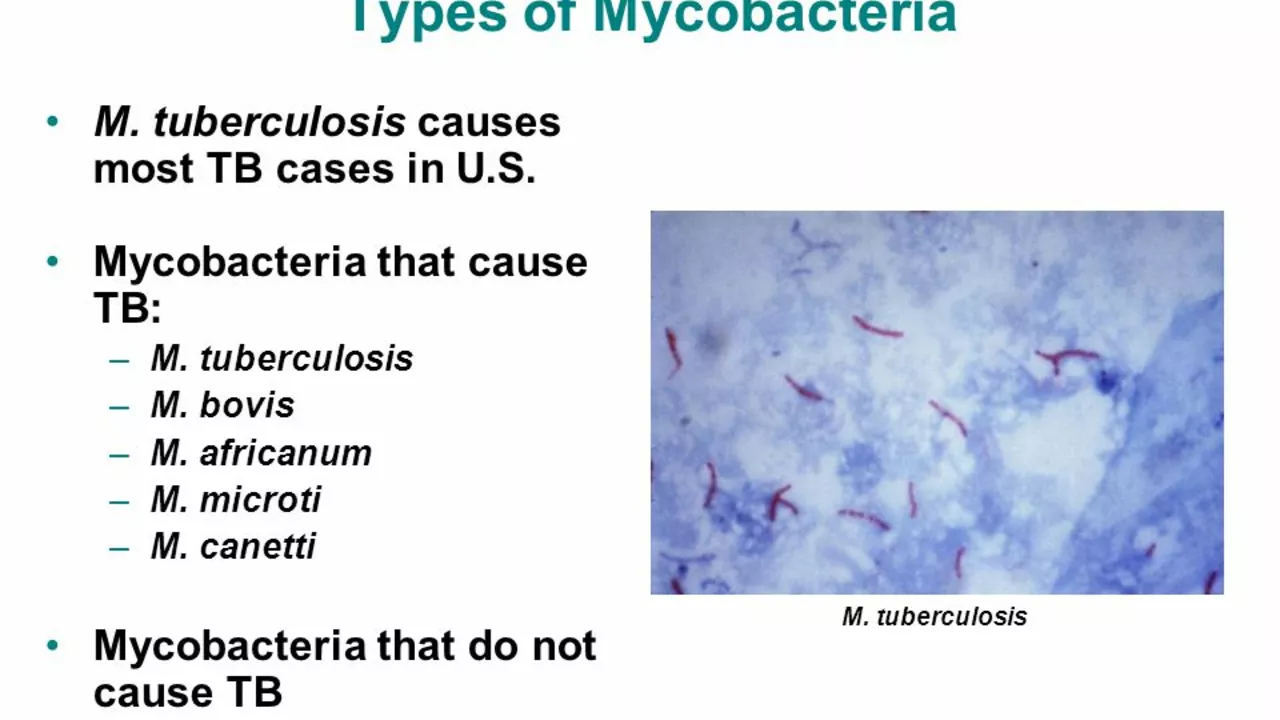Tuberculosis Therapy – What Works, How Long, and What to Expect
If you or someone you know has been diagnosed with TB, the first question is usually “how do we beat it?” The good news is that modern therapy can clear the infection in most cases. Below you’ll find a straight‑forward rundown of the standard drug regimen, why sticking to the schedule matters, and real‑world tips for handling side effects.
First‑Line Drug Combo: The 6‑Month Plan
The backbone of TB treatment is four antibiotics taken together for two months, followed by two drugs for another four months. This is called the "short‑course" regimen and looks like this:
- Isoniazid (INH) – kills actively growing bacteria.
- Rifampin (RIF) – works on both active and dormant TB cells.
- Pyridoxine (Vitamin B6) – given with INH to prevent nerve problems.
- Ethambutol (EMB) or Pyrazinamide (PZA) – added for extra firepower during the first two months.
After the intensive phase, doctors drop EMB/PZA and continue with INH and RIF for the remaining four months. The whole process usually wraps up in six months, but some cases need longer therapy.
Why You Must Finish All Pills
Skipping doses or stopping early lets the bacteria become resistant. Resistant TB needs tougher drugs, often with more side effects and a treatment length of 18‑24 months. To avoid that, set reminders on your phone, use a pillbox, and involve a family member in checking your daily dose.
If you’re traveling or have an irregular schedule, ask your clinic for a longer prescription or a “take‑home” dose pack. Most pharmacies can accommodate that when you explain the importance of consistency.
Managing Common Side Effects
Every TB drug comes with its own set of complaints. Here’s how to handle the usual suspects:
- INH: May cause mild nausea or liver strain. Take it with food, stay hydrated, and get a blood test after the first month.
- RIF: Can turn urine, sweat, and tears orange‑red. It’s harmless but can be surprising—just keep up good hygiene.
- PZA: Often gives joint pain or gout‑like symptoms. Over‑the‑counter anti‑inflammatories help; tell your doctor if pain is severe.
- EMB: May affect vision. Schedule a basic eye exam early in treatment and report any blurry sight right away.
If side effects feel unbearable, don’t stop the meds on your own. Call your health provider; they can adjust doses or swap drugs while keeping the cure on track.
Practical Tips for a Smooth Journey
- Track everything: Write down each dose, any symptoms, and how you feel. This log helps doctors spot problems early.
- Stay nourished: A balanced diet supports liver health and overall recovery. Include protein, fresh veggies, and plenty of water.
- Watch alcohol: Alcohol adds extra strain on the liver, especially with INH and RIF. Cut back or avoid it while you’re on therapy.
- Keep appointments: Regular check‑ups let labs monitor your liver enzymes and ensure the bacteria are disappearing.
TB isn’t a quick fix, but with the right drugs, a solid routine, and a few practical habits, most people finish treatment healthy and TB‑free. Talk to your doctor about any worries—there’s almost always a solution that keeps you on track.
In my recent research, I discovered fosfomycin, an antibiotic that's been around since the 60s, might have a significant role in treating tuberculosis (TB). Studies show that fosfomycin can potentially kill Mycobacterium tuberculosis, the bacteria that causes TB. This antibiotic's unique ability to penetrate the tough cell wall of this bacterium makes it a promising candidate for TB treatment. Additionally, its low resistance rates could help address the growing issue of drug-resistant TB. So, while more research is needed, fosfomycin could be a game-changer in the fight against this deadly disease.
Jul, 21 2023

